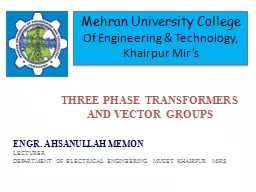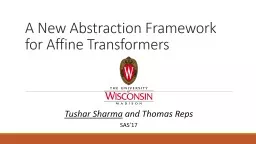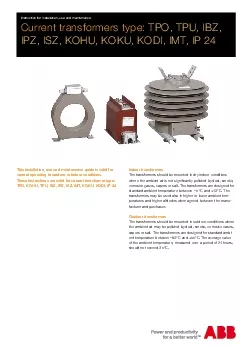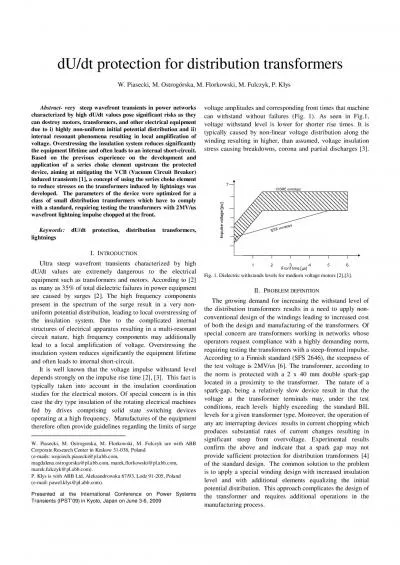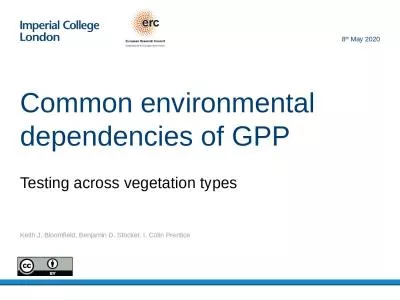Transformers for Modeling Long-Term Dependencies
Author : sherrill-nordquist | Published Date : 2025-06-23
Description: Transformers for Modeling LongTerm Dependencies in Time Series Data A Review S Thundiyil1 SS Shalamzari2 J Picone2 and S McKenzie3 1 Department of Electronics and Communication Engineering BMS Institute of Technology and
Presentation Embed Code
Download Presentation
Download
Presentation The PPT/PDF document
"Transformers for Modeling Long-Term Dependencies" is the property of its rightful owner.
Permission is granted to download and print the materials on this website for personal, non-commercial use only,
and to display it on your personal computer provided you do not modify the materials and that you retain all
copyright notices contained in the materials. By downloading content from our website, you accept the terms of
this agreement.
Transcript:Transformers for Modeling Long-Term Dependencies:
Transformers for Modeling Long-Term Dependencies in Time Series Data: A Review S. Thundiyil1, S.S. Shalamzari2, J. Picone2 and S. McKenzie3 1. Department of Electronics and Communication Engineering, BMS Institute of Technology and Management, Bengaluru, India 2. The Neural Engineering Data Consortium, Temple University, Philadelphia, Pennsylvania, USA 3. University of New Mexico Health Sciences, Albuquerque, New Mexico, USA Application Areas A summary of various application areas where transformer-based architectures have been successful along with the most popular architectures for each application: Comparison to Time Series Models Transformer models have shown improvements in terms of accuracy, computational efficiency while handling long term dependencies. Traditional time series models often have lower computational complexity but may require additional steps for trend and seasonality decomposition, which can increase the overall computation time. The self-attention module in standard Transformers has a quadratic time and memory complexity, posing a computational bottleneck for long sequences. To address this, models like LogTrans and Pyraformer introduce a sparsity bias in the attention mechanism, while models like Informer and FEDformer utilize the low-rank properties of the self-attention matrix to reduce complexity. Traditional models have a limited memory mechanism and can remember and utilize only a fixed number of previous data points. This inherently restricts their ability to capture long-range dependencies effectively. While Transformer models offer higher accuracy and better handling of long-range dependencies, they often come with higher computational costs compared to traditional time series models. A comparison of computational efficiency for 12 different time series data sets is shown below: Advancements and Innovations Standard transformer designs excel in capturing global dependencies, but do not fully exploit the characteristics of time-series data, such as local structures that are better captured by conventional approaches such as convolutional or recurrent architectures. Interpretability remains a challenge, raising questions about their trustworthiness and bias. Recent innovations in transformer architectures, particularly those focusing on long-term time series forecasting, have introduced several significant advancements. Recent developments in attention mechanisms and efficiency enhancements have led to the introduction of more sophisticated time-series forecasting models. ETSFORMER, for instance, leverages exponential smoothing attention and frequency attention to improve efficiency. NAST, on the other hand, employs a non-autoregressive architecture with a unique spatial-temporal attention mechanism. Innovative Decomposition and Trend Analysis Techniques have been used in TDFormer, Differential Attention Fusion Model and FEDFORMER. Enhanced Multiscale and Long-Sequence Forecasting have been implemented in Scaleformer and Informer architectures. A transformer architecture relies solely on






